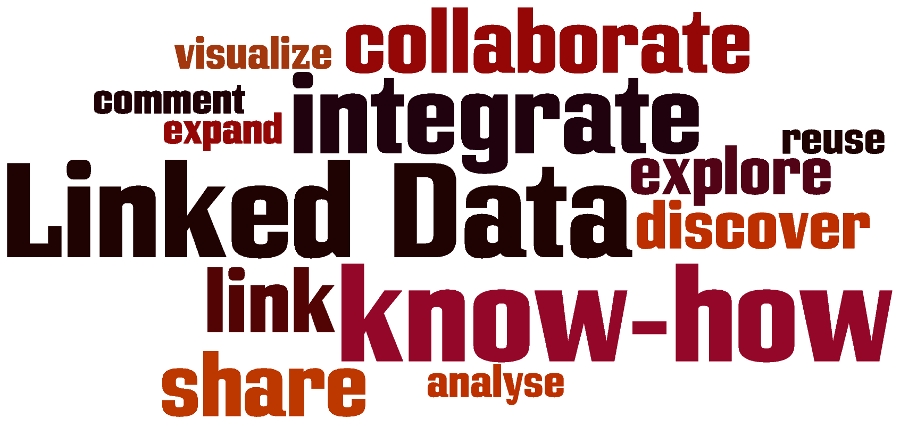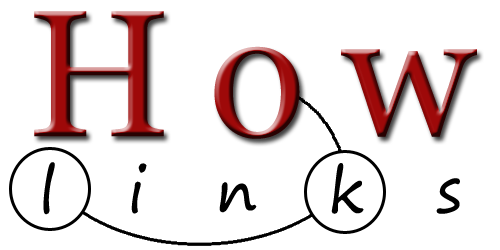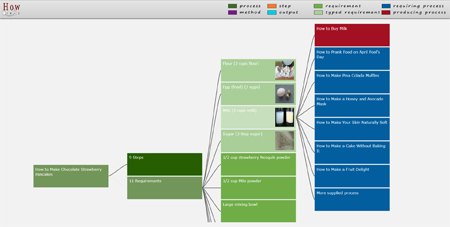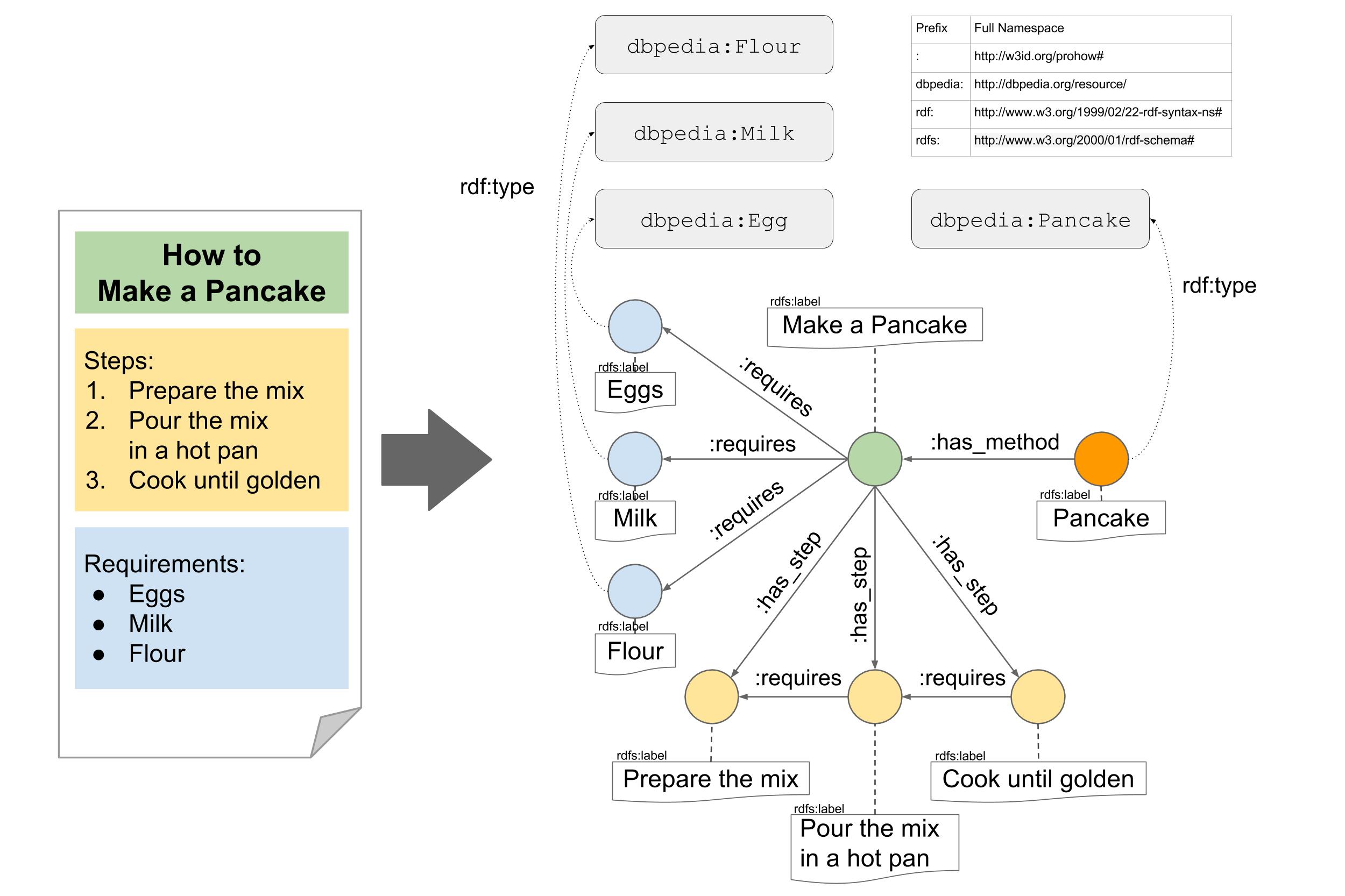The Web of Know-How |

|
Know-how is a fundamental aspect of human knowledge, and a large amount of it is represented as Web resources, such as step-by-step instructions and procedures. Despite their importance, those resources are difficult to access and reuse, due to their lack of structure and isolation from other related resources.
To overcome these limitations, we extend to know-how the benefits that Linked Data has already brought to representing, retrieving and reusing declarative knowledge.
Our framework can represent generic know-how as Linked Data and automatically acquire this representation from existing resources on the Web.
This system also allows the automatic generation of links between different know-how resources, and between those resources and other online knowledge bases, such as DBpedia.
Applications:
The Human Activities Dataset (Base+Multilingual)
The Human Activities Dataset we have created describes 211,696 human activities from many different domains. These activities are decomposed into 2,609,236 entities (each with an English textual label). These entities represent over two million actions and half a million pre-requisites. Actions are interconnected both according to their dependencies (temporal/logical orders between actions) and decompositions (decomposition of complex actions into simpler ones). This dataset has been integrated with DBpedia (259,568 links). More information about this dataset is available in the publications listed below. This dataset is available on Kaggle.
A multilingual version of the dataset, containing 800K+ sets of instructions in 16 different languages is also available on Kaggle.
PROHOW Linked Data Vocabulary
Our Linked Data vocabulary to represent know-how and the execution of tasks is available online. It is dereferenceable, and it can be retrieved both in human readable and RDF format (Turtle and RDF/XML).
PROHOW Instruction Parser
The PROHOW Instruction Parser allows you to parse semi-structured natural language instructions into RDF data following the PROHOW vocabulary and data model. This editor currently supports only simple lists of steps, methods and requirements and cannot parse more complex PROHOW workflows.
HowLinks
HowLinks is a prototype interface offering an integrated visualization of instructions coming from distributed repositories. Related entities and instructions are linked together, and they can be easily explored expanding the nodes of a tree-like structure. The HowLinks application has been developed in collaboration with the National Institute of Informatics (NII), Tokyo.


Selected Publications
![]()
![]() IJCAI-ECAI 2018
IJCAI-ECAI 2018
DOI: 10.24963/ijcai.2018/22
![]()
![]() ESWC 2016
ESWC 2016
DOI: 10.1007/978-3-319-34129-3_31
![]()
![]() EKAW 2014
EKAW 2014
DOI: 10.1007/978-3-319-13704-9_30
![]()
![]() COLD 2016
COLD 2016
![]()
![]() WI&C
WI&C
DOI: 10.1145/2567948.2578846
Slides
Posters
Contacts
 |
 |
 |
